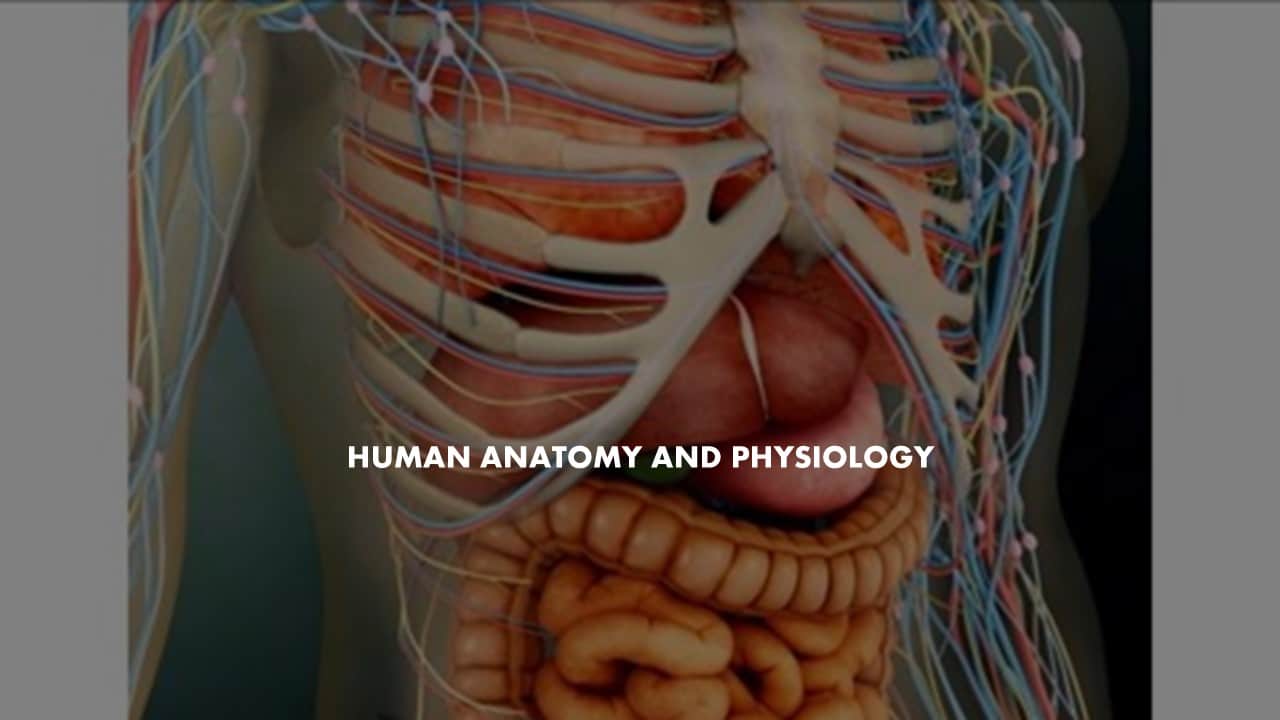STD X – HUMAN ANATOMY AND PHYSIOLOGY – EINSTEIN
About Course
In this section will learn this following chapters:
1.Circulatory System
2.EXCRETORY SYSTEM
3.NERVOUS SYSTEM
4.Endocrine System
5.The Reproductive System
Last Updated:December 14, 2023
0 (0 Ratings)
Share Course
Page Link
Share on social media

Description
Blood Circulatory System
Our body requires energy, nourishment, and oxygen.There is a need to transport various substances like digested food materials which are the sources of energy for the body from one part of the body to other.
The circulatory system is a vital system, and its constant movement of blood allows for gases and nutrients to be exchanged so the cells in our body can carry out their vital functions.
Heart along with the blood vessels constitute the circulatory system.
Blood Circulations in Body
Blood is essential for good health. Our body needs a steady supply of fuel and oxygen to reach its billions of cells. Even the heart cannot survive without blood flowing through the vessels that bring nourishment to its muscular walls.
Excretion and Excretory Organs
The excretory system is essential to one’s health. Its responsibility is to remove waste from the body.
Excretion:
Removal of nitrogenous waste from the body due to its metabolic activities is called excretion.
Excretory organs:
The excretory system is made up of numerous organs that work in unison to ensure that waste is effectively removed from your body.
Urinary system:
The Urinary system, also known as the renal system, consists of the kidneys, ureters, bladder, and the urethra.Each kidney consists of millions of functional units called nephrons.
Sense Organs
The organs of the body, which respond to the exterior stimuli by transferring impulses, are known as the sense organs.
There are five sense organs namely, eyes, ears, nose, skin and the tongue.
In this chapter, you will learn more about these sense organs.
Neuron -The unit of Nervous System
The nervous system controls and co-ordinates of all the activities of all the organs of any living being. A neuron is the fundamental unit of the nervous system. Neurons are those cells that transmit and receive messages from the central nervous system. In this topic, you will learn about some important terms related to the nervous system, functions of a neuron, classification of neurons based on structure and function, and the difference between the nerve cell and the neuron.
Peripheral Nervous System
The Peripheral Nervous System (PNS) is made up of the nerves that come out from and go into the brain and spinal cord. The PNS is further subdivided into the Autonomic Nervous System and the Somatic Nervous System.
In this chapter, you will learn more about the peripheral nervous system.
Reproduction in Animals
The beautiful mushrooms that crop up after rains, the baby whale that follows its mother in the ocean, the naughty lion cubs that gambol in the wilds of Savannah, these are all examples of new life on earth. Every organism that ‘lives’ on the earth gives birth to young ones to aid in the continuation of life.
Reproduction is a biological process by which offspring or new individual organisms are produced by their parent. Each individual organism that has ever existed is because of reproduction. It occurs in plants and animals, and in simple single-celled organisms to complex multicellular beings.
Free
Free
Free access this course
-
LevelIntermediate
-
Total Enrolled5
-
Last UpdatedDecember 14, 2023
Hi, Welcome back!
Material Includes
- 🔥 Live Interactive classes with in-class doubt solving
- ⭐ Weekly Test and Quiz with instant tracking for progress
- ⚙️ Revision of the course after testing
- 👋 Fortnightly Parents and Tutor interactions
- 🌷 Expert monitoring of student's learning progress
- 👨👩👧👧 Daily communication over call, whatsapp and mail
- 💻3 hours on-demand video
- ✍4 downloadable resources
- ⌛Access for entire Academic Year
- 📱Access on mobile and Desktop
- 📋Assignments and review of the same
- 💡Tests and Correction by Board paper checkers
- 🏅Certificate of completion and Live tracking with Grade book
Course Duration:
0
Course level:Intermediate
Enrolled:5
About Course
In this section will learn this following chapters:
1.Circulatory System
2.EXCRETORY SYSTEM
3.NERVOUS SYSTEM
4.Endocrine System
5.The Reproductive System
Course Curriculum
THE ENDOCRINE SYSTEM – 5 MAY – ADRENALGLANDS
-
THE ENDOCRINE SYSTEM – PHYSICAL CLASS – PART 1
15:42 -
THE ENDOCRINE SYSTEM – PHYSICAL CLASS – PART 2
22:17 -
THE ENDOCRINE SYSTEM – PHYSICAL CLASS – PART 3
23:17 -
ENDOCRINE SYSTEM – PHYSICAL CLASS – SYSTEM PANCREAS
20:20 -
ENDOCRINE SYSTEM – PHYSICAL CLASS – THYROID
23:23 -
ENDOCRINE SYSTEM – SUPPORT MATERIAL – ENDOCRINE SYSTEM
04:00
THE ENDOCRINE SYSTEM – 10 MAY
-
ENDOCRINE SYSTEM – PHYSICAL CLASS – PANCREAS
20:29 -
ENNDOCRINE SYSTEM – PHYSICAL CLASS – PITUITARY GLAND
14:29 -
ENDOCRINE SYSTEM – PHYSICAL CLASS – SYSTEM THYROID
10:12
CIRCULATORY SYSTEM
-
CIRCULATORY SYSTEM – PHYSICAL CLASS – COMPOSITION OF BLOOD
30:01 -
CIRCULATORY SYSTEM – PHYSICAL CLASS – BLOOD LYMPH AND TISSUE FLUIDS
23:08 -
CIRCULATORY SYSTEM – PHYSICAL CLASS – WBC
23:23 -
CIRCULATORY SYSTEM – PHYSICAL CLASS – BLOOD
12:34 -
CIRCULATORY SYSTEM – PHYSICAL CLASS – BLOOD SUPPLY TO KIDNEY TUBULES
04:51
EXCRETORY SYSTEM
-
EXCRETORY SYSTEM – PHYSICAL CLASS- EXCRETION AND REMOVAL OF WASTE
07:07 -
EXCRETORY SYSTEM – PHYSICAL CLASS – STRUCTURE OF KIDNEY TUBULE
19:29 -
EXCRETORY SYSTEM – PHYSICAL CLASS – INTRODUCTION TO EXCRETORY SYSTEM
18:40
NERVOUS SYSTEM
-
NERVOUS SYSTEM – SUPPORT MATERIAL – AUTONOMOUS NERVOUS SYSTEM
04:00 -
NERVOUS SYSTEM – SUPPORT MATERIAL – REFLEX ACTION AND ARC
06:00 -
NERVOUS SYSTEM – SUPPORT MATERIAL – VOLUNTARY AND INVOLUNTARY ACTIONS
06:00 -
NERVOUS SYSTEM – SUPPORT MATERIAL – HUMAN NERVOUS SYSTEM, REFLEX AND BRAIN
04:35 -
NERVOUS SYSTEM – SUPPORT MATERIAL – STRUCTURE OF HUMAN EYE
05:00 -
NERVOUS SYSTEM – PHYSICAL CLASS – NERVE AND BRAIN
17:40 -
NERVOUS SYSTEM – PHYSICAL CLASS – STRUCTURE OF A BRAIN
12:29 -
NERVOUS SYSTEM – PHYSICAL CLASS – TYPES OF NEURONS
18:42 -
NERVOUS SYSTEM – PHYSICAL CLASS – THREE PARTS OF A BRAIN PART- II
15:28 -
NERVOUS SYSTEM – PHYSICAL CLASS – THREE PARTS OF A BRAIN PART – I
19:10
ENDOCRINE SYSTEM
-
THE ENDOCRINE SYSTEM – PHYSICAL CLASS – PART 1
15:43 -
THE ENDOCRINE SYSTEM – PHYSICAL CLASS – PART 2
22:07 -
THE ENDOCRINE SYSTEM – PHYSICAL CLASS – PART 3
23:16 -
ENDOCRINE SYSTEM – SUPPORT MATERIAL – ENDOCRINE SYSTEM
04:00
THE REPRODUCTIVE SYSTEM
-
THE REPRODUCTIVE SYSTEM – SUPPORT MATERIAL – INTRODUCTION
05:00 -
THE REPRODUCTIVE SYSTEM – SUPPORT MATERIAL – MALE AND FEMALE REPRODUCTIVE ORGANS
05:00 -
THE REPRODUCTIVE SYSTEM – SUPPORT MATERIAL – STRUCTURE AND FUNCTION OF EGGS AND SPERM
05:00 -
THE REPRODUCTIVE SYSTEM – SUPPORT MATERIAL – FERTILIZATION
01:10
SENSE ORGAN – PHYSICAL CLASS – 04 OCT 2023
-
SENSE ORGAN – PHYSICAL CLASS – STRUCTURE OF AN EYE – ADAPTATION AND ACCOMODATION
16:48 -
SENSE ORGAN – PHYSICAL CLASS – STRUCTURE OF AN EYE – ASTIGMATISM
09:08 -
SENSE ORGAN – PHYSICAL CLASS – STRUCTURE OF AN EYE – DIAGRAM AND TERMS
21:09 -
SENSE ORGAN – PHYSICAL CLASS – STRUCTURE OF AN EYE – MYOPIA AND HYPERMETROPIA
17:20 -
SENSE ORGAN – PHYSICAL CLASS – EYE
20:22 -
SENSE ORGAN – PHYSICAL CLASS – RECEPTORS
17:40 -
SENSE ORGAN – PHYSICAL CLASS – RETINA
21:23 -
SENSE ORGAN – PHYSICAL CLASS – FUNCTION OF RETINA
03:51 -
SENSE ORGAN – PHYSICAL CLASS – EAR
15:01 -
SENSE ORGAN – PHYSICAL CLASS – FUNCTION OF EAR
18:46 -
SENSE ORGAN – PHYSICAL CLASS – STRUCTURE OF A EAR
12:18
Student Ratings & Reviews

No Review Yet

